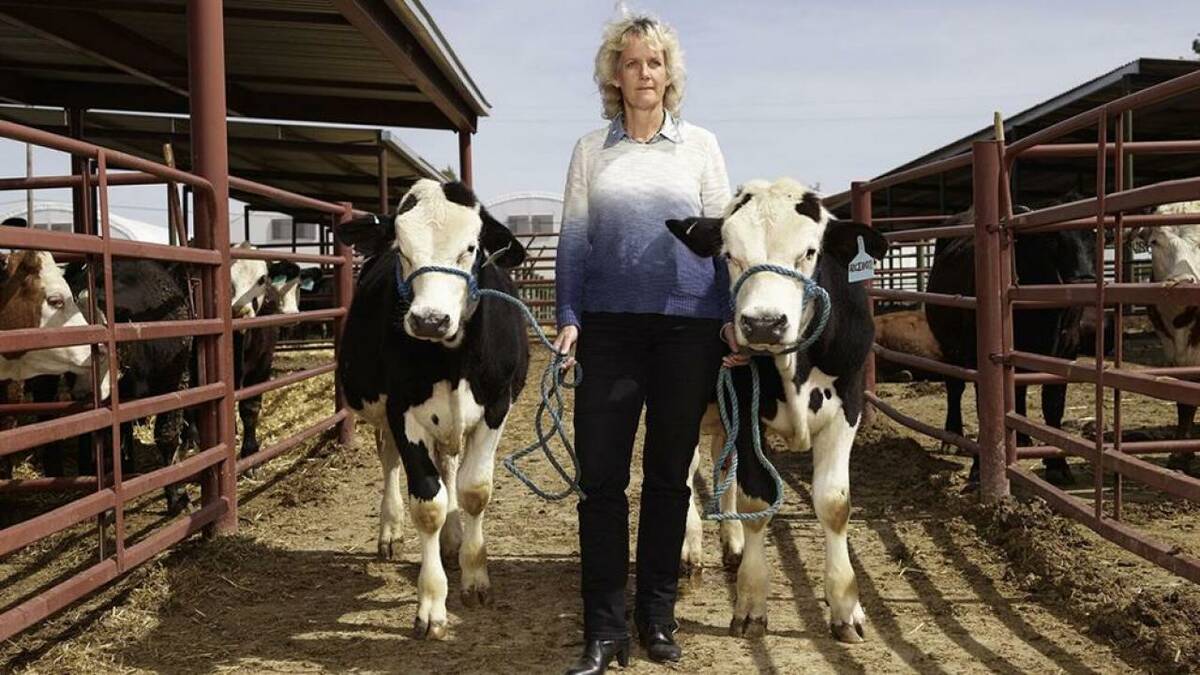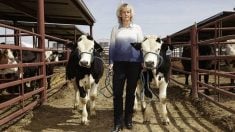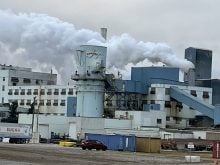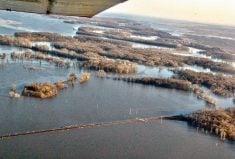ROSETOWN, Sask. — Intense heat and powder dry soils are raising the stress level to extreme in western prairie canola crops.
Shannon Hoiness said her canola in west-central Saskatchewan is “less than knee-high and flowering.”
The Allan, Sask., farmer said the family’s fields look “odd” as they are in full bloom and less than 66 centimetres high.
“We’ve only had (12.5 millimetres) of rain since May. The canola looks poor,” she said.
Traders on the Winnipeg Commodity Exchange showed the market’s nervousness July 9 after a weekend of 30 C-plus temperatures.
Read Also

Stacking Canada up on gene editing livestock
Canada may want to gauge how Argentina and other countries have approached gene editing in livestock and what that has meant for local innovation.
July canola futures rose sharply by eight percent on the day to $343 per tonne, while
November was up 9.6 percent to $334. The rising trend started the previous week, which began with July futures at $325 and November at $315.
In Saskatchewan, where canola has been the economic mainstay of many farms in recent years, crops are suffering from a combination of a cool, early spring, poor seasonal rainfall and high temperatures in early July.
Dave VanThuyne, a Saskatchewan-based agronomist with the Canola Council of Canada, said average yields could be five bushels an acre less due to these factors.
“And it could be much worse for some growers. Rain has been spotty this year.
“For those folks that had the crop in the ground early and are getting some rain, it is not too bad. But unfortunately that may not be the case for a lot of the canola crop.”
He said Saskatchewan crops west of a line running from Regina to Melfort have heat and drought problems.
Canola flowers are “heat blasting” due to the consistent heat and lack of rain. The low humidity keeps canola pollen from sticking to the female parts of the plants and flowers are “blasting” or dying off from the extreme temperatures. This, combined with no timely rain, will prevent the crop from setting enough seed.
Rain after the bloom stage will help fill the seed but won’t increase seed.
VanThuyne said the canola council’s test facility at Naicam, Sask., shows crops that normally measure 1.2 metres are two-thirds that height.
Fred Meister, of Radisson, Sask., says his canola is no better and may be worse.
Meister planted 850 acres of canola, down from other years due in part to low price expectations. Earlier in the season he had to reseed.
“We had it in early enough,” he said. “But it was too cold for too long and germination was poor. We reseeded. So now we have a second crop in as well. The late seeding has meant the crop started flowering late and now the heat and lack of moisture are getting it. There is no winning this year.”
Farmers in central Alberta can also expect to see less canola in the bin this harvest because of the summer heat and a severe drought.
But the problems are not universal.
Growers in southeastern Saskatchewan and in Manitoba report average crop conditions.
In northeastern Alberta recent rains and cooler temperatures have left the crop in average to good condition. In the Peace River district high levels of moisture have delayed some crops but stands and germination are reported to be very good.














